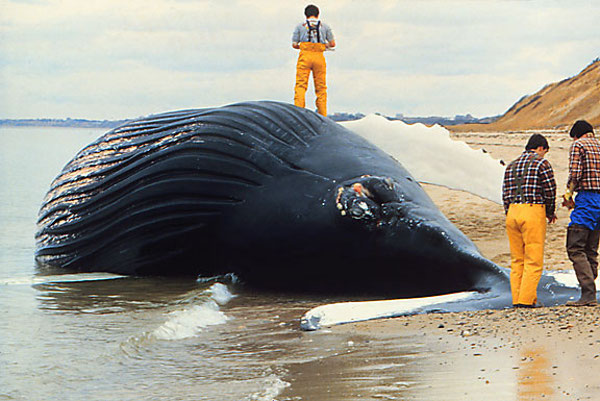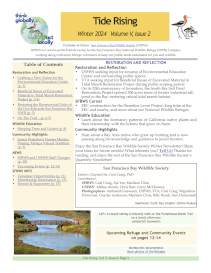Miles of Algae and a Multitude of Hazards

Dead whale from an algal bloom. Credit National Oceanic and Atmospheric Administration.
Les Neuhaus writes in today's New York Times Science section:
In May, a 33-square-mile algal bloom crept over Lake Okeechobee, the vast headwaters of the Everglades. The mess in Florida is only the latest in a string of algal blooms that some experts believe are increasing in frequency and in severity. An immense plume of blue-green algae last September covered a 636-mile stretch of the Ohio River. A month earlier, the city of Toledo, Ohio, warned more than 400,000 residents to avoid drinking tap water after toxic algae spread over an intake in Lake Erie. The vast algal bloom in the Pacific last year was also fed in part by El Niño, the mass of warm water that forms periodically off the West Coast. But longer-term climate change may also be playing a role, some experts say.
Read on to find out more about algal blooms and what we can do to reduce their toxic impact as climate change continues.


